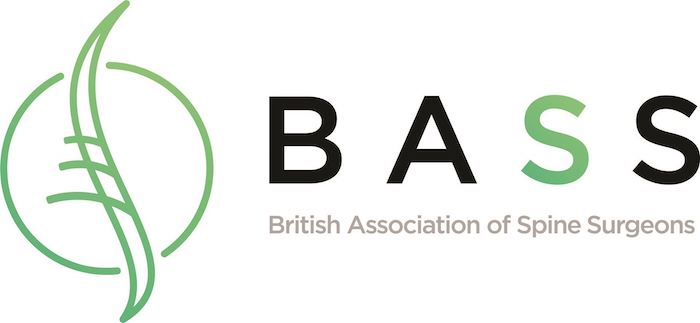Conditions treated: cauda equina syndrome
What is cauda equina syndrome?
Cauda equina syndrome is a medical emergency. This occurs when the sacral nerve roots (which are the lowest nerve to come off the spinal cord) are compressed. Technically the spinal cord ends at the junction between the 12th thoracic vertebra and the 1st lumbar vertebra at the Conus medullaris, but this can be variable. After this the spinal cord divides up into individual nerve roots, which collectively are called the cauda equina, Latin for “horse’s tail”.
A patient has developed full cauda equina syndrome when they lose control of their bladder and bowel in that they become incontinent of both urine and faeces. If this occurs then it is a medical emergency and the patient needs an MRI scan (usually of their lumbar spine in the first instance) to work out the level of the compression, and then referral onto a specialist spinal unit. Loss of continence can occur from cord compression higher up the spine, but in these cases the patients will also notice marked weakness in their legs or complete paralysis. If you develop loss of continence then you should attend your local accident and emergency department urgently.
Before full loss of continence a patient may develop what is called “saddle anaesthesia”. The saddle area is the area, which, if you sat on a saddle, would be the part of your skin in contact with the saddle. This is also known as the perineal area or the perineum, and is anatomically the area of skin between the scrotum and anus in a man and the vagina and anus in a woman. Alternatively this may start with pain or weakness in both legs, or patients may have a feeling of pins and needles (paraesthesia) in the perineum.
This is a warning that the sacral nerve roots are starting to become compressed. At this stage it is not a medical emergency, but it is sensible to mention this to your GP especially if you are starting get pain going down both legs, which is medically referred to as “bilateral (both sides) sciatica”.
How can I manage cauda equina syndrome?
Current guidelines suggest that proven cauda equina syndrome should be dealt with within 24 to 48 hours or the next available list in normal working hours, whichever is the soonest.
What causes cauda equina syndrome?
Cauda equina syndrome can be caused by a number of reasons including a massive central disc herniation, a smaller disc herniation in the context of spinal stenosis, tumour, trauma, bleeding within the spinal canal or infection and abscess formation. The common theme in all these causes is that the sacral nerve roots have been compressed and their function compromised.
In these situations I usually perform a full laminectomy to ensure a complete decompression of the nerve roots in the hope of the patient regaining bowel and bladder function. Sometimes the decompression needs to be augmented with a spinal stabilisation depending on the cause of the cauda equina syndrome and the degree of bone which needs to be resected in order to achieve the decompression.



